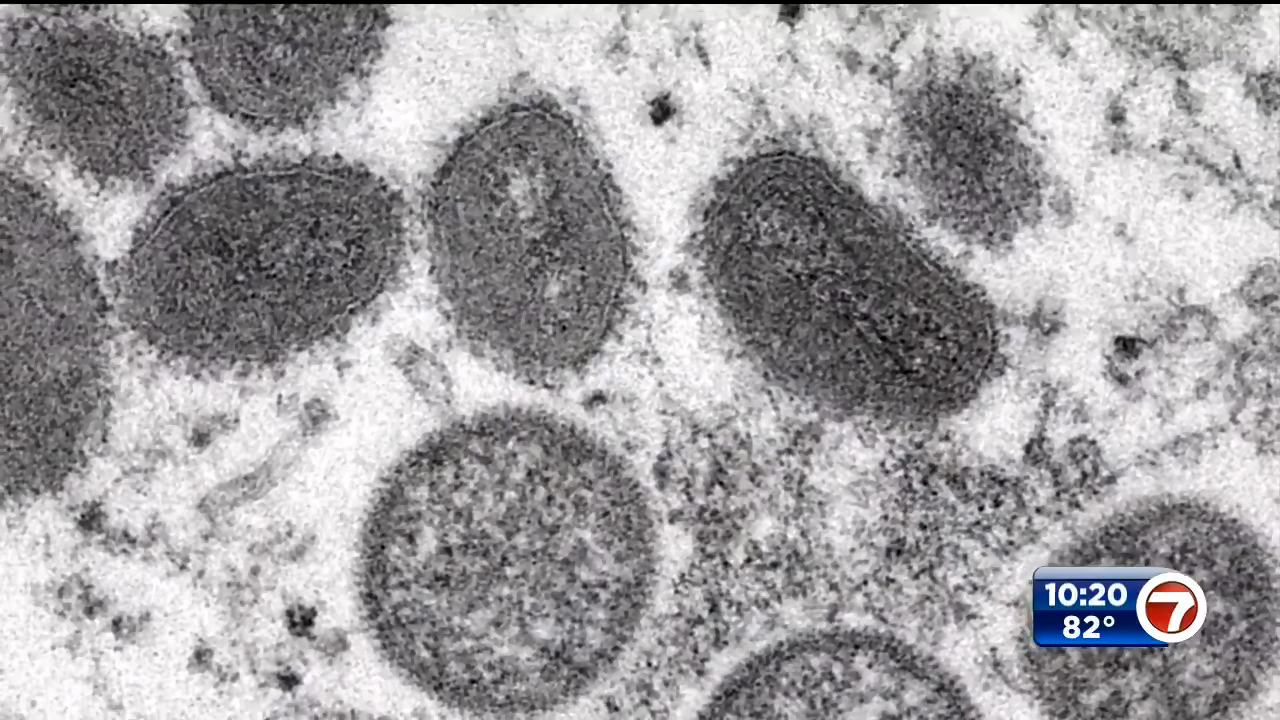

Who is at risk of getting it?Īnyone who comes into physical contact with someone with symptoms or an infected animal, is at increased risk of infection. It is not clear whether or not people who are asymptomatic can transmit the disease. People who have the disease are contagious while they have symptoms (usually within the first two to four weeks). Contact with objects that have been in contact with the infected person - such as clothing, bedding, towels - or objects such as eating utensils can also represent a source of infection. Ulcers, lesions or sores can also be infectious since the virus can be spread through saliva.
Monkey pox transmission skin#
Rashes, body fluids (such as fluids, pus, or blood from skin lesions), and scabs are particularly infectious. The virus is spread through physical contact with someone who has symptoms. It is crucial to stress that any food containing meat or animal parts should be cooked, especially in countries where monkeypox is endemic. The risk of contracting it from animals can be reduced by avoiding unprotected contact with wild animals, especially those that are sick or dead (including contact with their flesh and blood). The virus can be spread to people when they come into physical contact with infected animals, which include rodents and primates. How is monkeypox transmitted from animals to humans? Monkeypox, a virus first discovered in monkeys in 1958 and that spread to humans in 1970, is now being seen in small but rising numbers in Western Europe and North America. Many of the fatal cases are children or people who may have other health conditions. In severe cases, symptoms include skin infections, pneumonia, confusion, and eye infections that can lead to vision loss. New-born babies, children, and people with immune system deficiencies may be at risk of more severe symptoms and death from the disease. In most cases, the symptoms of monkeypox go away on their own within a few weeks but, in between three and six per cent of cases reported in countries where it is endemic, it can lead to medical complications and even death. They can also be found in the mouth, genitals, and eyes. The rash tends to appear on the face, the palms of the hands, and the soles of the feet. The number of lesions varies, from a few to several thousand. The lesions may be flat or slightly raised, filled with clear or yellowish fluid, then crust over, dry up, and fall off. The rash usually begins on the first or third day of the onset of fever.

Symptoms usually include fever, severe headache, muscle aches, back pain, low energy, swollen lymph nodes, and skin rashes or lesions. Monkeypox: What you might not know | UN Story What are the symptoms? On occasion, it can also be found elsewhere, in people who could have been infected after visiting these countries. In these countries, it is increasingly appearing in urban areas. Monkeypox is most found in the rain forests of central and western Africa, where animals that can carry the virus are native, and the disease is endemic. In 2003, the first monkeypox outbreak outside Africa was reported in the United States and was linked to contact with infected pet prairie dogs.ĭespite the name, most of the animals susceptible to contracting the disease, and then infecting people, are rodents, such as Gambian giant rats, dormice, or tree squirrels. Symptoms are similar to those seen, in the past, in smallpox patients, but it is clinically less severe (smallpox was eradicated worldwide in 1980). Human monkeypox was first identified in 1970 in the Democratic Republic of the Congo (DRC) in a 9-month-old boy, in a region where smallpox (a close relative) had been eliminated in 1968. It is a zoonotic viral disease, which means it can be transmitted from animals to humans. Monkeypox got its name in 1958, when it was detected in several laboratory apes.


 0 kommentar(er)
0 kommentar(er)
